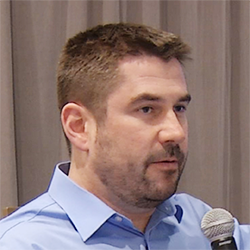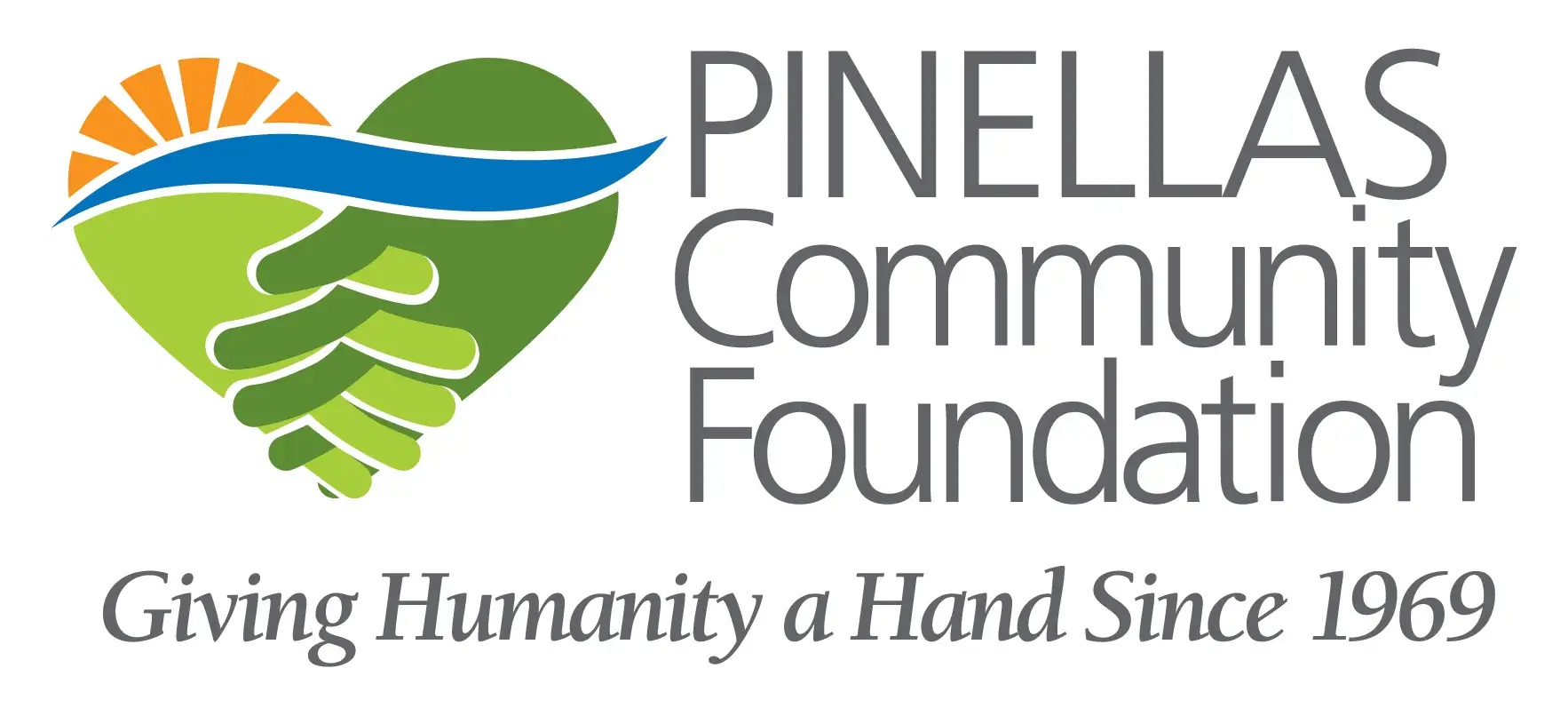Home » Dysautonomias » Syncope in Pediatrics with Julian M. Stewart, MD, PhD
Syncope in Pediatrics with Julian M. Stewart, MD, PhD
Dr. Stewart discusses fainting in the pediatric population including information about how common syncope is in adolescence compared to adulthood.
Mr. Ruechel: Hi everybody, I am Al Ruechel. As we continue our conversations about dysautonomias and we’re going to talk specifically about syncope, which is a fainting and we’ll define that a little more closely. Joining me right now is Dr. Julian Stewart. Dr. Stewart, thank you for being here with us.
Dr. Julian Stewart: You’re welcome.
Mr. Ruechel: Give me a little bit of your background.
Dr. Stewart: I went to college at Cornell University and did an M.D. PhD from University of Chicago, followed by residency in New York and fellowship both at NYU and then again at Cornell and I am right now situated and had been for a while at a place called New York Medical College, which is somewhat north of the city. It’s interesting I was actually trained as a pediatric cardiologist and there are few others here, in fact, most people who, in the past at least, evaluated syncope were cardiologists with a dearth of neurology kinds of folks. So there’s a type of test called tilt-table testing and that’s become less and less popular for no good reason and I was given the job to do that and it was in the past used pretty much exclusively to look for a form of syncope, but then I saw other things happening and got interested in the phenomena which were probably mostly POTS and I will mention a word or two about that too.
Mr. Ruechel: Yeah. So, let’s I guess we start with basic definition of syncope, what it basically is?
Dr. Stewart: Yes, syncope has really precise diagnosis, which is loss of consciousness and postural tone you have to fall down and it has to be rapid onset. It has to be relatively short. It has to involve loss of brain blood flow very specifically, which distinguishes it from seizures and many other things and it has to resolve spontaneously and that’s a real critical one. Syncope goes away and if it stays longer, then I would call it a coma, usually it’s a matter of seconds or something like that, at least the kind I deal with.
Mr. Ruechel: Right, so the tilt-table, we talked a lot about with a lot of doctors or so. I didn’t realize that some people don’t like to use tilt-table, they don’t believe in it, why?
Dr. Stewart: I think you have to be little careful. What it really does, it distinguishes it from standing, is that it really doesn’t let you move your feet around a lot.
Mr. Ruechel: Okay.
Dr. Stewart: In our defense, so one of our primary defenses against fainting and let me point out now that we can all faint. I can make you faint, but you probably wouldn’t want to. It’s a normal reflex. So, I think many people now believe it’s the hemorrhage reflex and that it actually has a considerable amount of benefit under certain circumstances like hemorrhage. In any case the tilt-table was actually used by NASA and other groups much before this, but all it does is prevent one kind of compensation.
Mr. Ruechel: But as a diagnostic tool, it can still be used.
Dr. Stewart: Right, yeah. Well in kids it’s a little funny, but now we’ve developed certain type of expertise that transcends the deficiencies of the tilt-table, so roughly speaking one in three kids who’ve never fainted, the volunteers in our studies, will faint on the tilt-table and it’s indistinguishable from a faint in a fainter and only two out of three fainters will faint in the given session.
Mr. Ruechel: Oh God!
Dr. Stewart: So, it’s not a great test, but we instrument them with things to measure the way blood flows and over the course of research we found that in young people, at the very least, this is well published now, they have a fall off in their ability to contract down their blood vessels which allows actually blood to flow too rapidly and unload the heart and then the blood pressure falls along with that. It’s not what most people think and if that occurs, we can see the trend in the resistance to blood flow way before they actually faint and we’ve had people who among the two out of three fainters faints although the one in three fainters who doesn’t faint, we can see this trend and treat them on that basis.
Mr. Ruechel: So, you can treat them. So, when do you know that it’s a…
Dr. Stewart: We haven’t gotten into fainting, bad fainting and good fainting.
Mr. Ruechel: Okay, keep going (laughing).
Dr. Stewart: The fainting, that is what I told you is the definition is roughly partitioned into three parts, one is cardiogenic fainting, meaning your heart’s not working very well, like it stops. If it stops, you’re going loss consciousness, but remember spontaneous recovery. In young people that’s relatively uncommon but we’ve all seen it. The second is a type of usually autonomic disease or it can be a form of dehydration called orthostatic hypotension and that means when you stand up, your blood pressure relentlessly falls off and this happens in people with adults with severe autonomic disease and others, and as it falls off, if you don’t lie down, you’ll pass out. The last group broadly is called reflex syncope and that includes some situations that can cause fainting, which are relatively uncommon, one of them is hair-grooming syncope and adolescent stretch syncope. I don’t think adults can do the maneuver. It’s a peculiarity and bunch of other things that are more particular to adults and then the large majority of fainting falls under the category of vasovagal syncope and that is what we’ve been talking about when you are asking these questions. The diagnosis isn’t so much made by tilt-table. It’s actually a characteristic history taking.
Mr. Ruechel: Okay, we’ve that a lot from other doctors too, a very good history.
Dr. Stewart: This one’s very good and there are symptoms that usually proceed a vasovagal faint and we call that a prodrome and may distinguish it from POTS, by the way what I guess we can’t do that without pictures and then there are symptoms that follow vasovagal syncope notably headache and fatigue, great fatigue.
Mr. Ruechel: So, the patients that you see, where are they in this process of determining whether the faintings are benign or whether they’re a real problem?
Dr. Stewart: Well, fainting can be infrequent or let’s say it’s the first time. Typically, it occurs during or after puberty. Although it can occur, the youngest I’ve seen is in 2 year-old with the same physiology, but mostly the teenagers and at that age about twice as many girls as boys, but the boys catch up later on. Well, what’s really interesting, one aspect that’s interesting is the age distribution is the bimodal. What I mean by that is that the age of first faint is 15, let’s say on the average, it goes away, it seems through in the 20s to 30s, not everybody, but then it comes back again later on and so bimodal, it’s usually 50s and 60s where it may be confounded by things like blood pressure medicines and so forth, show a lot of interest in that.
Mr. Ruechel: When do you intervene in actual, then step in and try to figure out ways of treating pediatric syncope?
Dr. Stewart: Well, if they have cardiogenic syncope, they need to have it fixed. You know, they can have a rhythm problem that needs to be specifically treated. They may need a pacemaker, so forth and so on, but that’s not the main group we are talking about. Single or infrequent vasovagal syncope diagnosed by history and by standing or tilt-table testing or whatever, I just tell them. It’s amazing, they have to recognize, they don’t recognize it’s coming on because they’ve never experienced it before and so often the first faint is injurious and then they learn.
Mr. Ruechel: When there’s a signal, I’m going to faint.
Dr. Stewart: And then we tell them to do most of the time is either lie down or squat. Either of that can work, but not always.
Mr. Ruechel: Can any of it just go away naturally?
Dr. Stewart: Eventually, it goes all, they remain upright…
Mr. Ruechel: Yeah but let’s say if you have had some of these syncopes.
Dr. Stewart: No.
Mr. Ruechel: Gets complicated.
Dr. Stewart: No, not exactly. Vasovagal syncope maybe, I don’t know what happens if you leave someone indefinitely upright and I’m not sure want to you want to know either, but there’s a type that’s often mistaken for this or for other forms of orthostatic intolerance in which typically someone stands from the lying down position, where blood is distributed normally, but when they get up, it goes down from gravity and it’s about a 10-second lag before the nervous system can compensate for it. So, most kids have about a 20-mm drop in blood pressure, if that makes sense to the audience, but some of them have 40 mm or greater and they become very symptomatic. Usually if they get up, they feel something going on because it reduces brain flow and if they wait like you said, it goes away. So that is a transient form of what I call orthostatic, mainly standing up, intolerance. In fact, it’s extremely common and recognizable; it’s called the initial orthostatic hypotension, a horrible name, recognizably in about 50% of people. For example, when you were young or even now, when you starve or fast, do you ever get dizzy?
Mr. Ruechel: Oh, ever?
Dr. Stewart: You mean you’re in the second group now?
Mr. Ruechel: Yeah, I don’t know where I am, but yeah.
Dr. Stewart: Fascinating, because only recently have there been articles dealing with aging and I thought this never come back, but it does and it can sort of morph its way into worse things.
Mr. Ruechel: Wow, interesting.
Dr. Stewart: But that’s not the topic. So, single episode usually not, infrequent episodes usually, I just tell them how to avoid it. It depends a little bit on the type of episode. There is a type usually when you have a faint. It follows a pattern of fall in blood pressure followed by a fall in heart rate and has somewhat of a gradual progression and these others they have almost no warning and the heart rate essentially drops to 0 or close to along with blood pressure and they fall over and it’s called asystolic faint. Unarguably, if you leave a fainter upright, they may become asystolic or convulsive syncope because they make little movements like a seizure, but it’s not a seizure, those whom measure brain waves, do not detect seizure activity. That kind has been treated in adults generally with a pacemaker and they crack their heads and all sorts of injuries occur and more and more of our kids have reported the same thing. Usually, it’s a matter of quality of life unless they take up hang gliding or parachute jumping or get injured too much in the bathroom.
Mr. Ruechel: So, what one message do you say very succinctly to doctors that are watching this right now? What do they need to know about fainting?
Dr. Stewart: What would they need to know, the incidence of fainting is somewhere between 15% and 20% in the adolescent range, the lifetime incidence of one or more episodes is roughly 40% and arguably fainting is normal. Normal things can do bad things to ruin your life and it’s a really a question of quality of life unless it’s of cardiac origin of course.
Mr. Ruechel: And the patients you would say the same thing that may be going through this, what would you tell them?
Dr. Stewart: Unless if they have recurrent syncope, then we make medical and other efforts to abolish this, if they have this asystolic fainting, which people should know about and 20 years ago, we really didn’t know about it, they may need more and they need at least a better form of rhythm monitor.
Mr. Ruechel: Doctor, thank you so much.
Dr. Stewart: Lastly, the ER people are pretty well trained now. It’s really developed very well and they usually can take care of this stuff, but unusual things probably they don’t see, I would say if you’ve gone to a reasonable ER where the person is comfortable, you don’t have to have emergency admission, by the way admissions usually result in absolutely no information at all, and you don’t urgently have to see a cardiologist, but you probably should at some point.
Mr. Ruechel: Great information doctor, thank you so much.
Dr. Stewart: You are very welcome.

Wolfgang Singer, MD
Associate Professor of Neurology
Mayo Clinic Rochester, MN




























